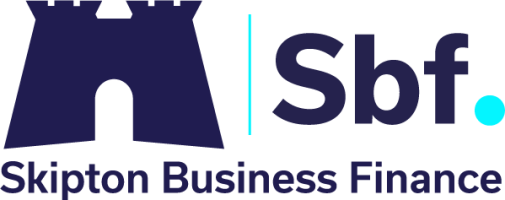There still remains a good deal of bluster in the media about banks not supporting new lending propositions and businesses not being able to gain access to much needed finance.
Whilst some may argue the banks have now opened their doors for new business once again, the reality for the customer may be somewhat different with the terms now being tightened much more in favor of the bank. This could mean increased pricing and/or increased personal security being required.
But it’s not just new funding which could be the skeleton in the closet, what is more concerning is the number of overdraft facilities which will be coming up for renewal in the next 12 months.
These solutions were historically automatically renewed for another year with the passing of a renewal fee and possibly even a visit from the bank manager, more to get his mileage up than to take a formal review of the business.
Overdraft renewal - not always simple?
The banks, with recent capital adequacy issues and high bad debts, may want to look much more closely at the business, meaning there is certainly no guarantee that overdraft renewal will be a formality.
Over the last few years many firms will have suffered losses or weakening of asset values in their balance sheets and, whilst there are now great opportunities emerging for those businesses who survived the downturn, business owners should start planning their finances for the next 12 to 24 months as early as possible.
They should ensure they have a clear and concise business plan to present to their lender and leave nothing to chance,. They should even consider taking the initiative and looking to secure finance before renewal is due. This at least gives you time to seek alternative business finance should the bank be unwilling to support.
Alternatives are out there
Asset based lending, particularly Invoice Factoring and Invoice Discounting, are useful alternatives to the traditional bank overdraft and are based a lot more on the quality of the debtor book and customers than the historic balance sheet. They also allow for growth of the business by being linked to sales and not historic trading performance.
In terms of pricing, for those lucky enough to secure bank funding, the cost differential between overdraft and Invoice Finance has certainly blurred in recent years, whilst the extra cashflow created by Invoice Finance can pay for itself and, for example, be used to obtain lucrative supplier discounts.
The key thing is to plan ahead, but it’s worth noting there is always another way! It’s certainly not a trick and could definitely be a treat!










